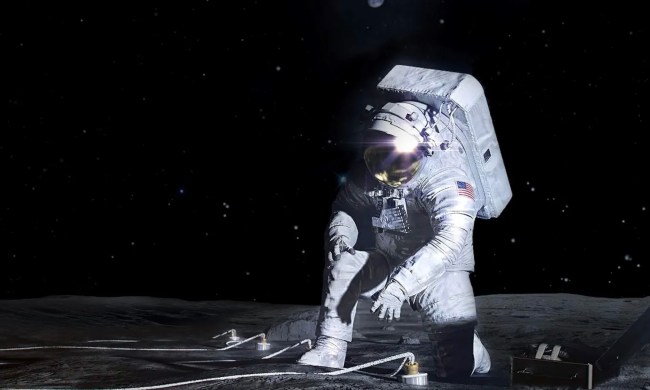Even while NASA is struggling with Boeing’s new crewed Starliner spacecraft, it is continuing work on another key piece of space infrastructure: its Space Launch System, or SLS rocket that is designed to carry astronauts to the moon and beyond. Parts of the new rocket are arriving at the Kennedy Space Center in Florida, and now another key piece is on its ways: the launch vehicle stage adapter.
Standing at 322 feet tall when fully stacked, the SLS is NASA’s most powerful rocket to date and has already been on a test flight around the moon as part of the Artemis I mission in 2022. Now, NASA is preparing for its first crewed flight using the rocket, which will be the Artemis II mission scheduled for September 2025. Unlike NASA’s current woes with the Starliner spacecraft, which ferries astronauts between Earth and the International Space Station, the Artemis II mission will use a different spacecraft called the Orion.
But getting a mission ready for launch doesn’t only require a rocket and a spacecraft. There are lots of other important pieces to the puzzle, like the adapter that has just left the Marshall Space Flight Center in Alabama, on its way to Kennedy. There it will join pieces like the recently arrived rocket core stage ready to be fitted together and tested.
“The launch vehicle stage adapter is the largest SLS component for Artemis II that is made at the center,” said Chris Calfee, SLS Spacecraft Payload Integration and Evolution Element manager. “Both the adapters for the SLS rocket that will power the Artemis II and Artemis III missions are fully produced at NASA Marshall. Alabama plays a key role in returning astronauts to the moon.”
The adapter is an enormous cone-shaped piece that connects the rocket’s core, where the fuel and avionics parts for the rocket are stored, to the upper stage, which has four engines that will guide the spacecraft once it is in orbit. The adapter’s cone shape is to help protect these upper stage engines during launch, when other engines in the rocket’s lower stage will provide the push to help the rocket move through the atmosphere and escape Earth’s gravity.
As it is so large, the adapter is not transported by air. Instead, it has been loaded up onto a Pegasus barge, which will carry it first to New Orleans to collect more hardware for SLS, before traveling on to Kennedy in Florida.




